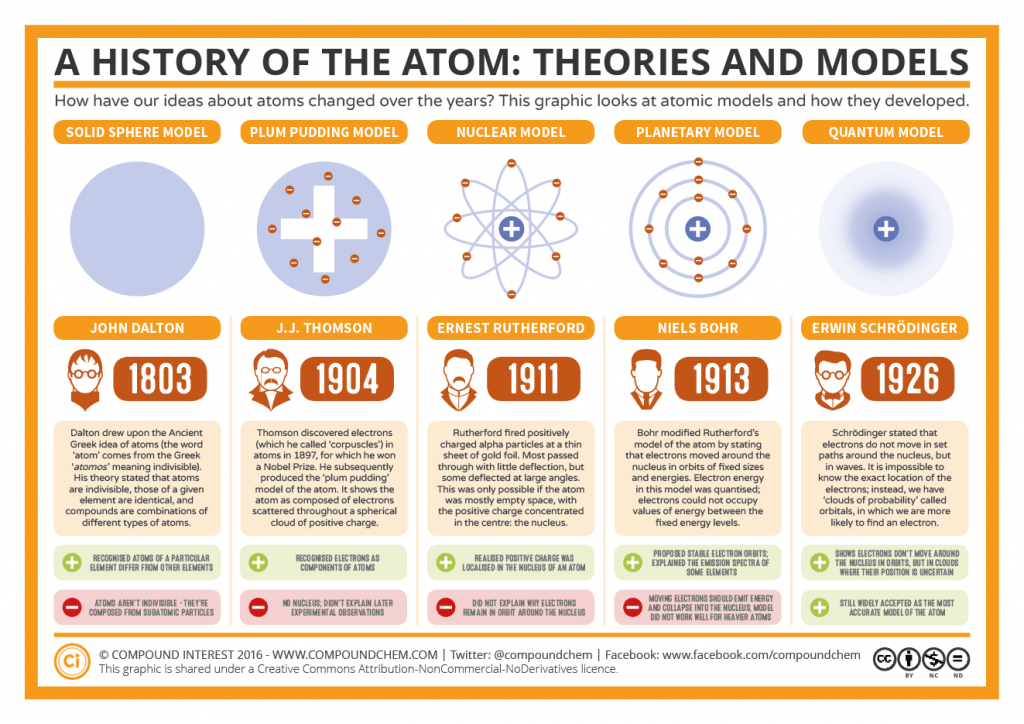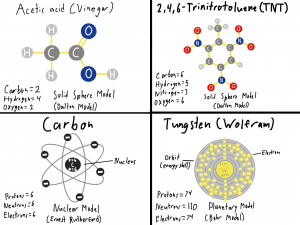Chemistry Coding!
As you might have been able to guess from the name, this project was all about atoms, matter and coding with the driving question being “How can the behaviour of matter be explained by the Kinetic Molecular theory and Atomic theory”. The final product of this project was a Scratch coded game or simulation based on those two theories. I created Particle Pop, a game where you have to destroy the atoms while they are continually changing states and getting faster.
If you want to play my game its right below!
(If you don’t see anything, that probably means that the embed is not working properly for some reason. If this has happened to you, you can still view my project though this link👉 Particle Pop)
I’m quite proud of my completed game. I’ve tried making Scratch games before and have never really fully completed one. This project focused on two main ideas. The Atomic theory which states that all matter is made up of tiny particles called atoms. As well as the Kinetic Molecular theory which says that particles are constantly moving, and that energy/heat causes them to move more, while less energy/heat makes them move less. This also causes the particles to change states based on the amount of energy they have, which is what each of our games and simulators would be based on, and was the main idea in my game, Particle Pop. But how did we get here?
Questioning and Predicting
As for most Scimatics projects, we started with a Mindmap before and after we finished the project, to write down and organize all of our knowledge and learning. Along with all our knowledge, we also wrote down some questions we had about the project and its topic, in our case the Atomic Theory and the Kinetic Molecular Theory.
This milestone as always was very useful in organizing all of my thoughts and showing how much more I needed to learn about the subject. During the project, it was also useful to use some previous ideas, and expand on them. For example, taking the idea that temperature affects atom movement, learning more about that idea, then finally putting it into my simulator/game as one of the core features. I think this demonstrates a sustained curiosity about a topic because you have to focus on it throughout multiple weeks of brainstorming and researching before finally creating a final product.
Scientific Communication
Another one of the big concepts of this project was the idea of the atom and molecule. One of the requirements of the game/simulation was to show the communication of ideas and findings by including accurate atomic models of a few different atoms and compounds. We first started by learning all about the different models, who made them, and what new ideas they brought to the table.


I think I represented the different models and atoms in a very interesting and creative way in my game. I managed to represent three different models, Bohr’s model as the enemies you had to defeat, Dalton’s model as the boss molecule, and Rutherford’s model as the level screen. I also think I communicated my findings about the Kinetic Molecular theory in a very accurate way, with particle attraction, collision, movement, and temperature reaction. I could have probably gone even further with this competency, including more advanced features such as plasma, but the game was already getting very complicated and I was happy as it was.
Reasoning and analyzing
As I said before, we used Scratch to code the game/simulation. If you haven’t seen Scratch before, it’s a coding app where you can create whatever you want using little block logic rules. For me this was the most interesting and fun part of the project. I learned a lot about coding over the span of this project. The most useful part of Scratch that I worked on improving was variables, which helped control a lot of the other code in the project. I’m most proud of the simulation aspect of the code, since I think it was a harder, but more accurate way to show off the effects of the Kinetic Molecular theory.
Here’s some of the code I made for the finished game (you can also press the “see inside” button on the project page if you want to see more)
If you want you can also play around with the early prototype here, which has a bit more freedom with the simulation: Kinetic Molecular Theory Prototype
One of my most favourite parts of this project was helping and introducing others into the world of code. It can be really complicated when you try for the first time, so helping others understand what each block does and helping code certain things was very rewarding. If you want to see some of the other simulators and games I’ll link them here:




